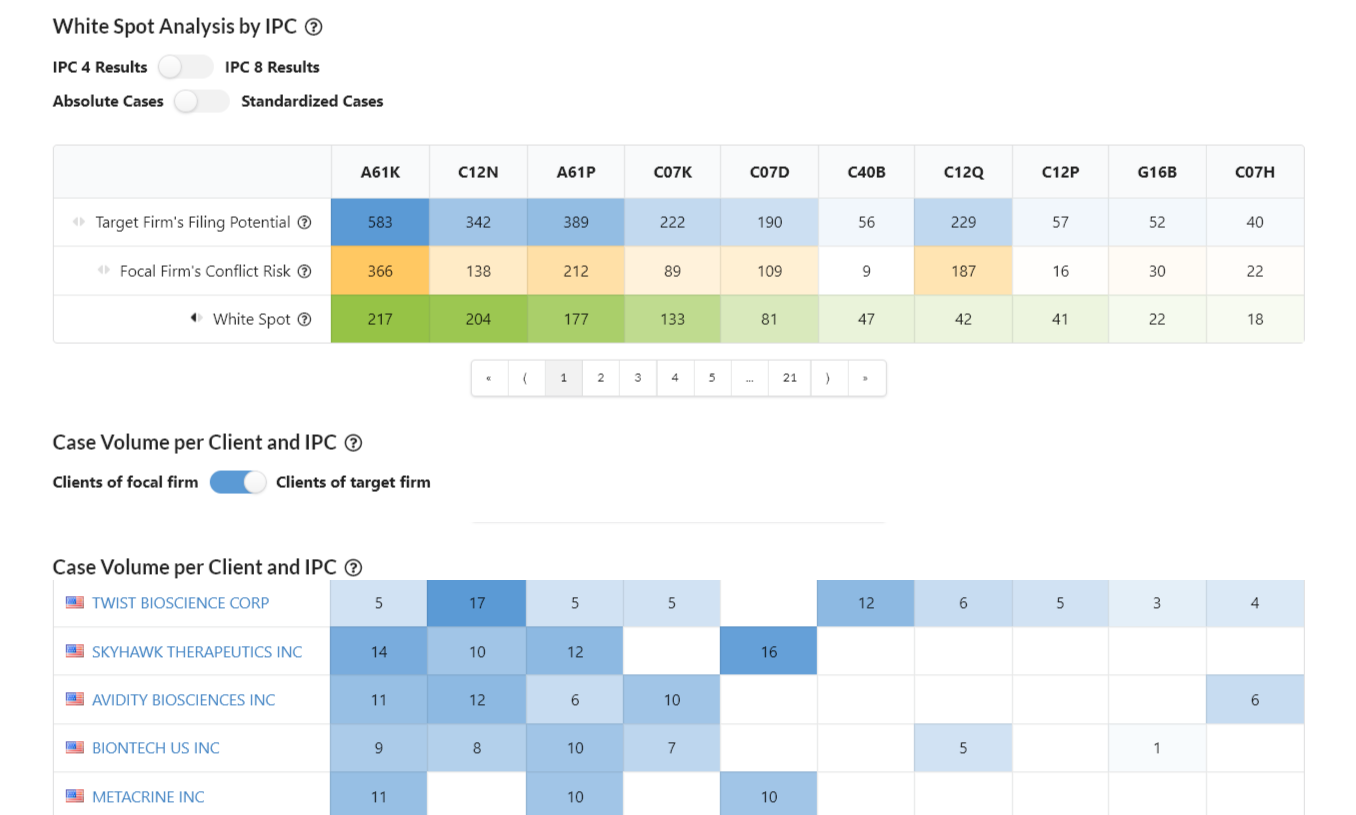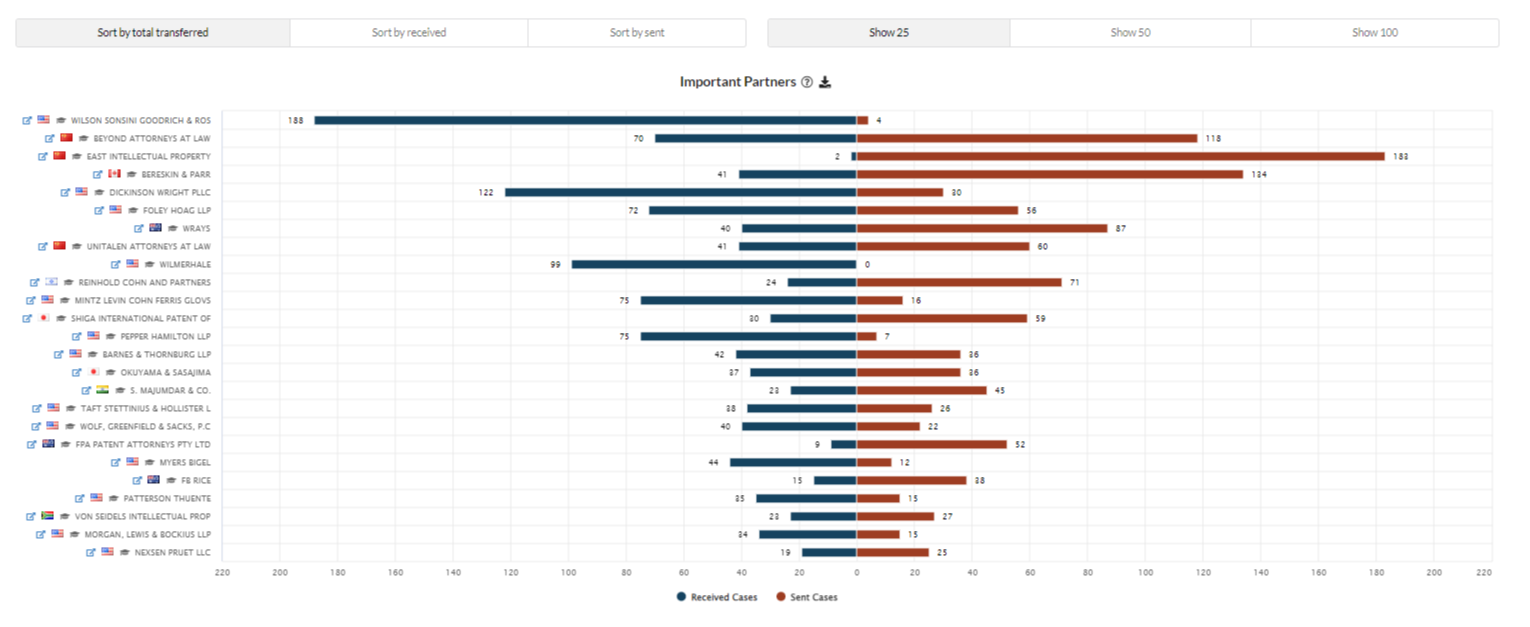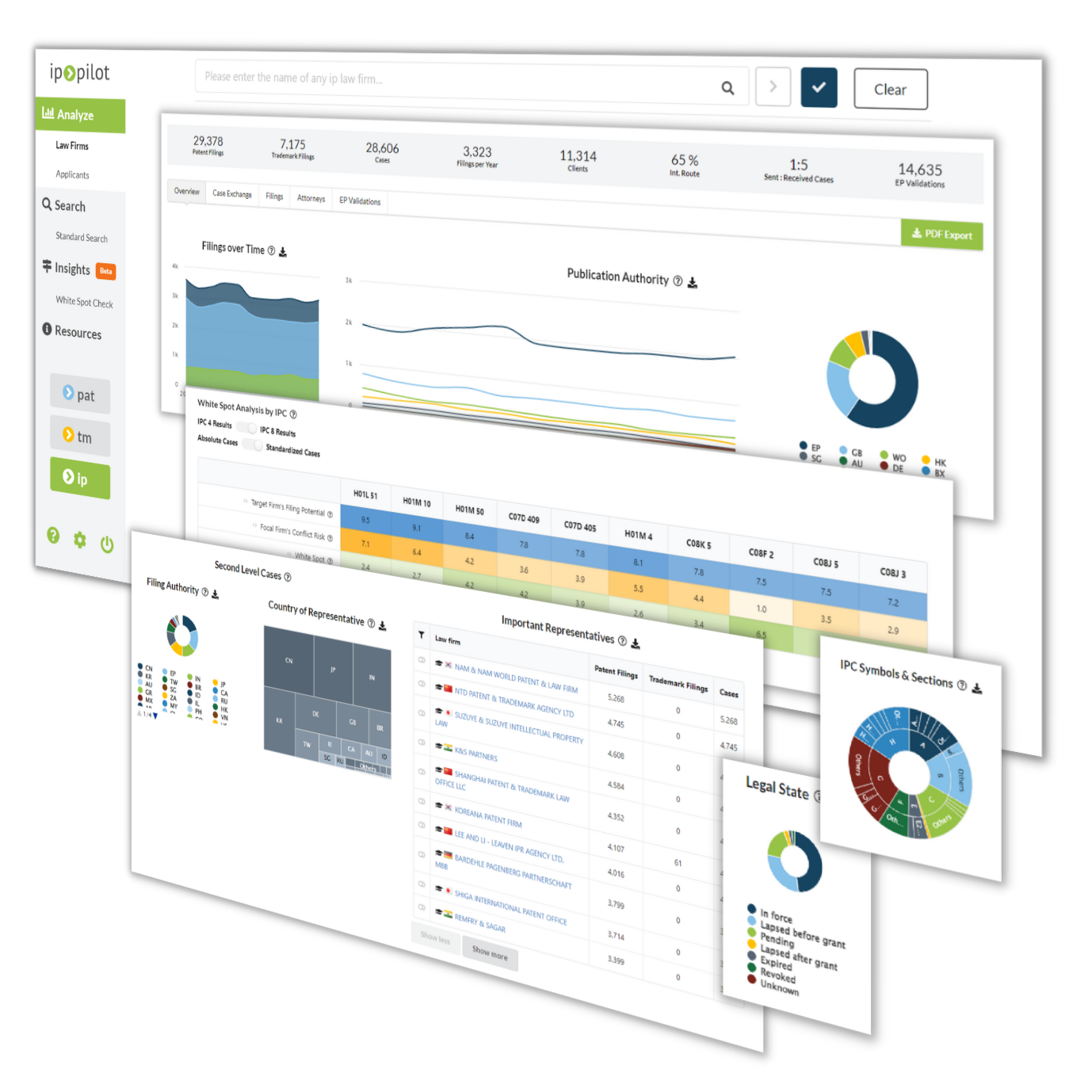In our previous article, we explained how big data can support the creation of a business development strategy and set goals for your IP law firm. Now is the time to define an action plan to deliver on this strategy and target the most relevant IP clients and law firms to achieve the underlying goals.
One of your most important business development goals will naturally be related to revenue growth. Broadly speaking, there are three ways big data can support in determining the actions to achieve organic revenue growth: (1) increase billable charges from existing clients, (2) acquire new clients and (3) leverage on partners to receive new or additional business. Each requires a tailored approach, justified by big data metrics.
Targeting existing clients and partner firms
Capitalizing on existing client and partner firm relationships is often more resource efficient than acquiring a new one since rapport has been established. You can start by reviewing your lists of existing clients and partner firms, and defining criteria to narrow them for approach.
One of them may be the possibility to cross-sell your law firm’s range of services. Having patents and trademarks representation in one interface on IP Pilot – toggled easily with a single button switch – allows you to identify the clients with precedence of appointing one law firm for both patent and trademark filing services. Can’t that be the same for you too?

Cross-selling a law firm’s services to the same client

White Spot Analysis to identify opportunities based on IPCs
Another criteria can be up-selling to clients in emerging industries identified during the strategy phase. By capitalising on tools such as our White Spot Analysis, you can identify the most promising technical areas in specific IPCs. The same principle works for existing partners too, by requesting to receive cases from IPCs which present the highest potential.
A third criteria – this specifically pertains to partner firms – can be requesting for reciprocity to have a more balanced case-exchange relationship.

Reviewing reciprocity behaviours with your partner firms.
Acquiring new IP clients and partner law firms
For any business, the profile of an ideal target should be drawn up from the onset (and regularly reviewed). If you haven’t, we find creating a fictional persona (or two) can be a good start. One method is to look at your best clients’ and law firms‘ profiles and look for prospects with similar characteristics. Another method is to find target profiles which you have yet to work with, supported by data-driven rationale.
Here are a couple of characteristics (from a non-exhaustive list) to get you inspired on the characteristics of your ideal client or partner firm persona:
IP Services
What is the firm focused on?
Filing Volumes
Industry Focus
Client Origin
Do you prefer local or foreign clients?
Decision Making
Targeting based on Location
There is also the tactical approach to narrow a target list. Are you going on an international IP conference or organizing a business trip for business development soon? Who should you be meeting there and why? It makes sense that you would want to reach out to the most relevant clients and law firms which are in the vicinity.

Example of defining a target list of San Francisco-based law firms
Convince your prospects to meet
As you can see, the approaches to focus on the right targets are diverse and the list of criteria is long. Nonetheless, it is important to be specific (without being too restrictive) and ensure that they are ultimately aligned with your strategic goals. Once you have found your list of target IP clients and law firms to approach, you will need to reach out to begin a conversation.
The first contact has to be personalized (no mass email) and concise as it can drastically increase your response rate. Make sure to make an impression – address their needs and explain why it is worth meeting by referencing to the information you have about the other party’s current IP portfolio and/or behaviors (trends). Entice them with the mutual benefits from this potential relationship that needs to be discussed imminently.
Once you have scored a meeting, let’s see how big data analytics can support you in preparing the meeting for success.









